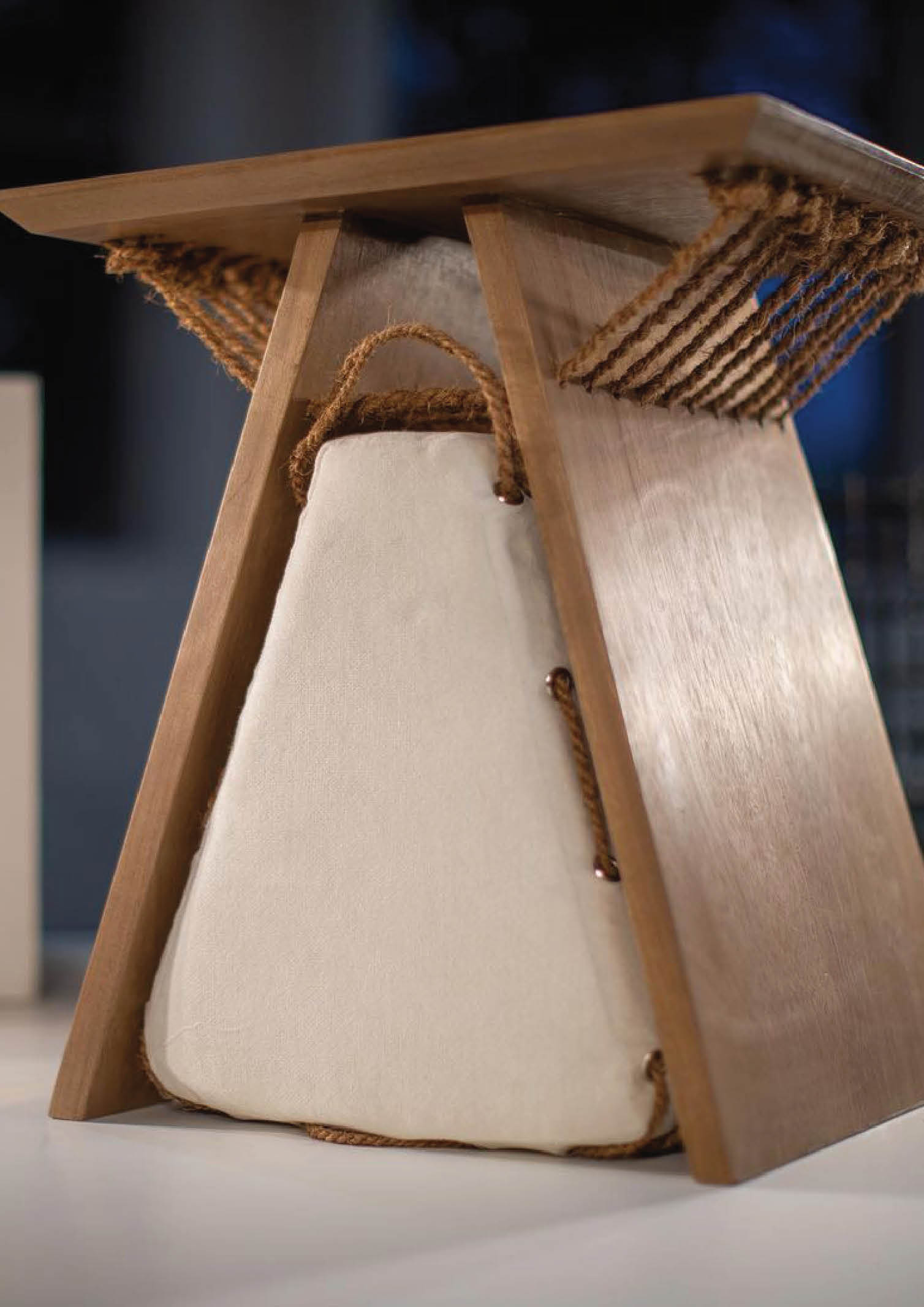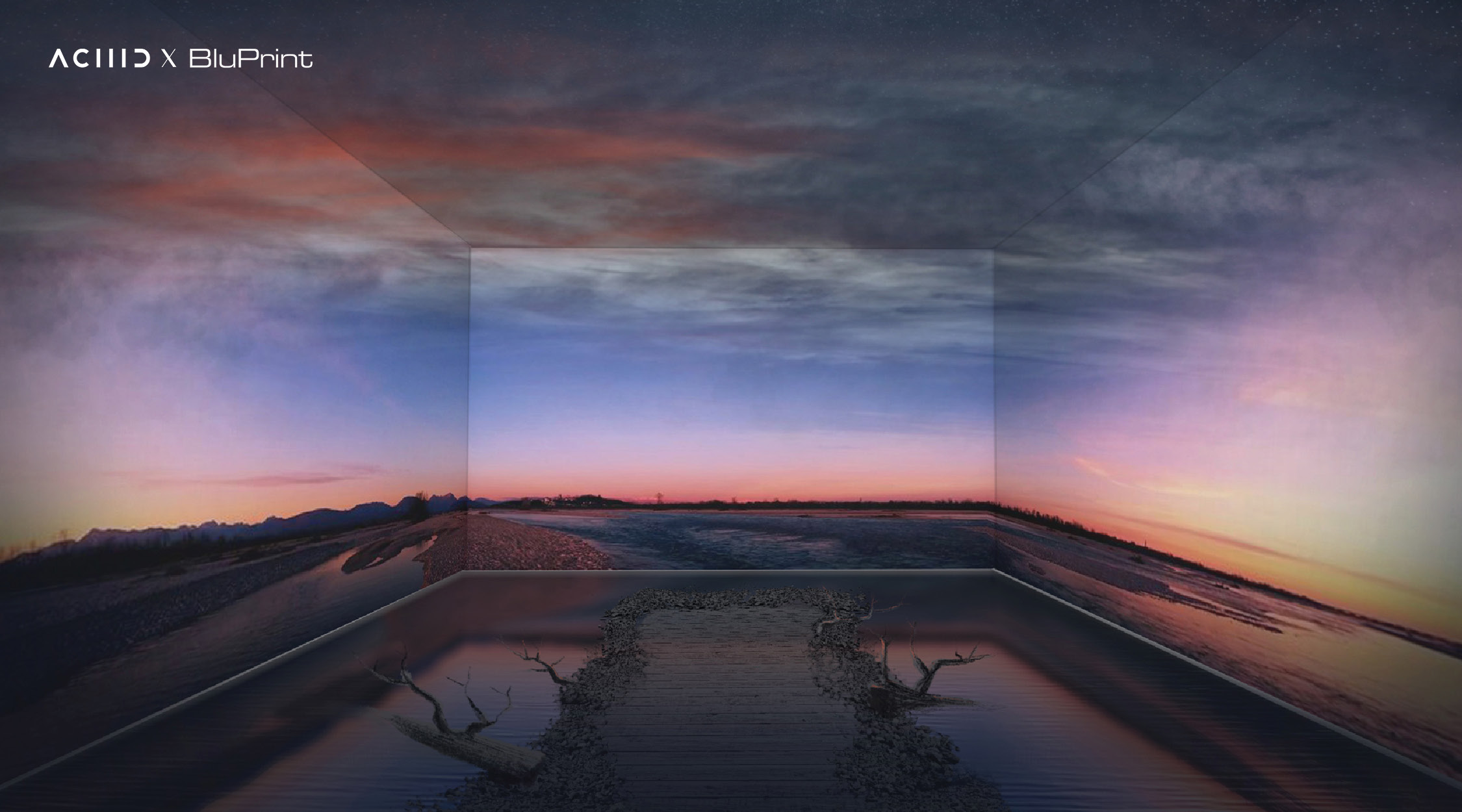
ACIIID identifies the Trend Drivers for 2023 to 2024
As 2022 ends we have seen several trend drivers – events and responses, that prompted people to change their preferences towards lifestyle choices and trends. Life back from the dreadful pandemic brought a full force of nostalgia, euphoria, and a futuristic outlook on the world. We’ve witnessed how these unfold and brought new ideas especially on building materials, furniture, and objects, as well as on the treatment of spaces. For 2023, we can expect significant trend drivers that are still relevant, macro trends that developed into megatrends, and of course emerging design trends.
Emotions and what we do with them
We have seen the emergence of Emotivations as a macro trend in 2022 where ideas of Joy, escape, and surreal experiences drove the trend forward. Child-like aesthetics, plush textures, and colorful treatments are characteristics that best describe emotivation driven design. Missoni’s Welcome back dreams installation of humongous and colorful bunnies is an allegorical display of a fantastic dream made up of emotions, pleasure, and a desire for escape.
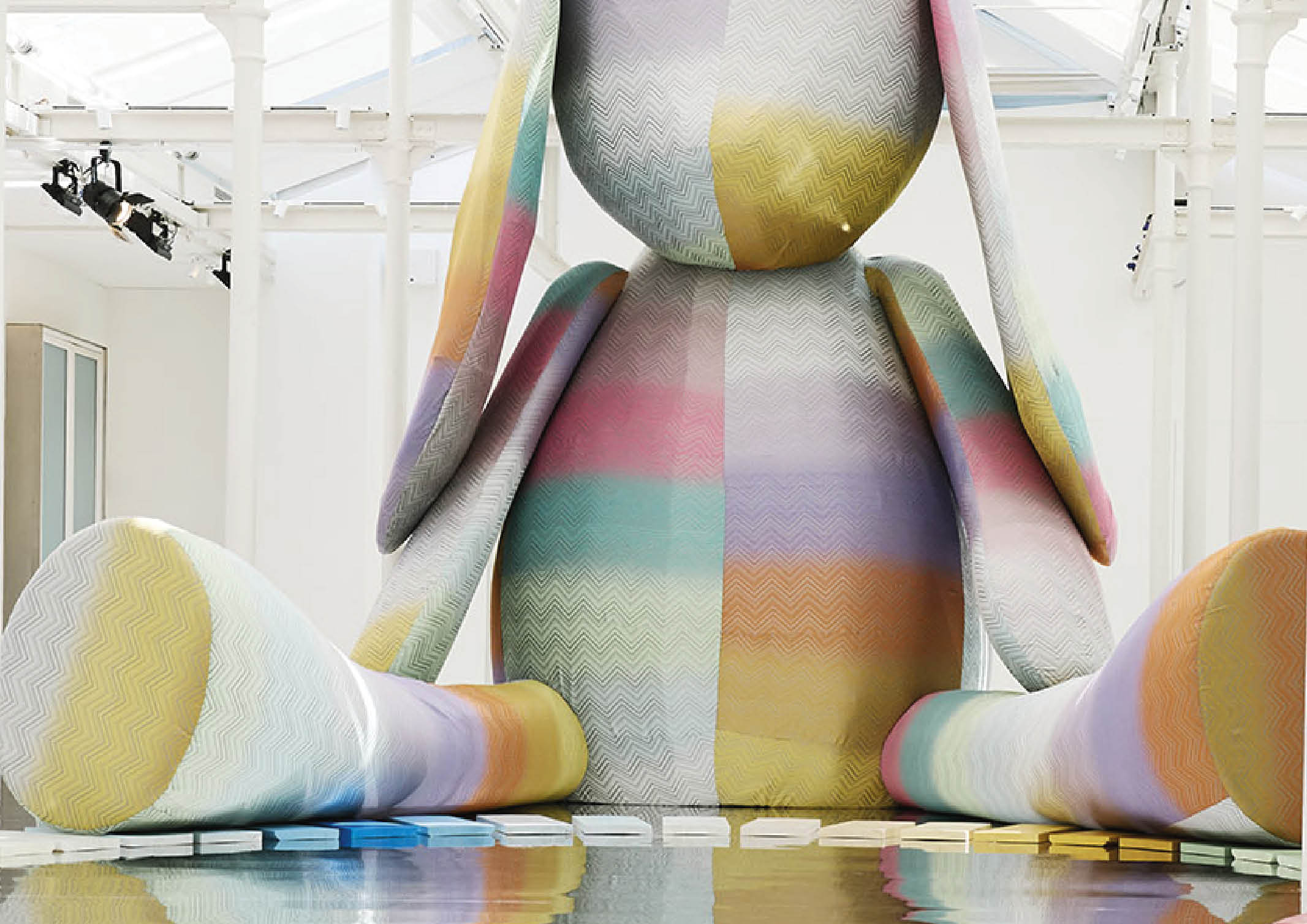
In 2023, we will see Emotivation become a driver for ACTIVE pursuits of identity, search for purpose, actions towards change, and Positivity. An example is the Fest of Movement by Emma Lijdsman for the Dutch Design week 2022. She was commissioned to transform the old brutalist headquarters of the company with vibrant print design to celebrate the brand identity, and movement brought by Vlisco for the past 176 years. Another is a newly released app which is Shuffles by Pinterest, it is an invite-only app powered by Pinterest’s massive visual library which leverages as a creative expression tool for the new generation. Users are encouraged to create “aesthetic” collages which they can add to tiktok as a video or to the broader shuffles community.
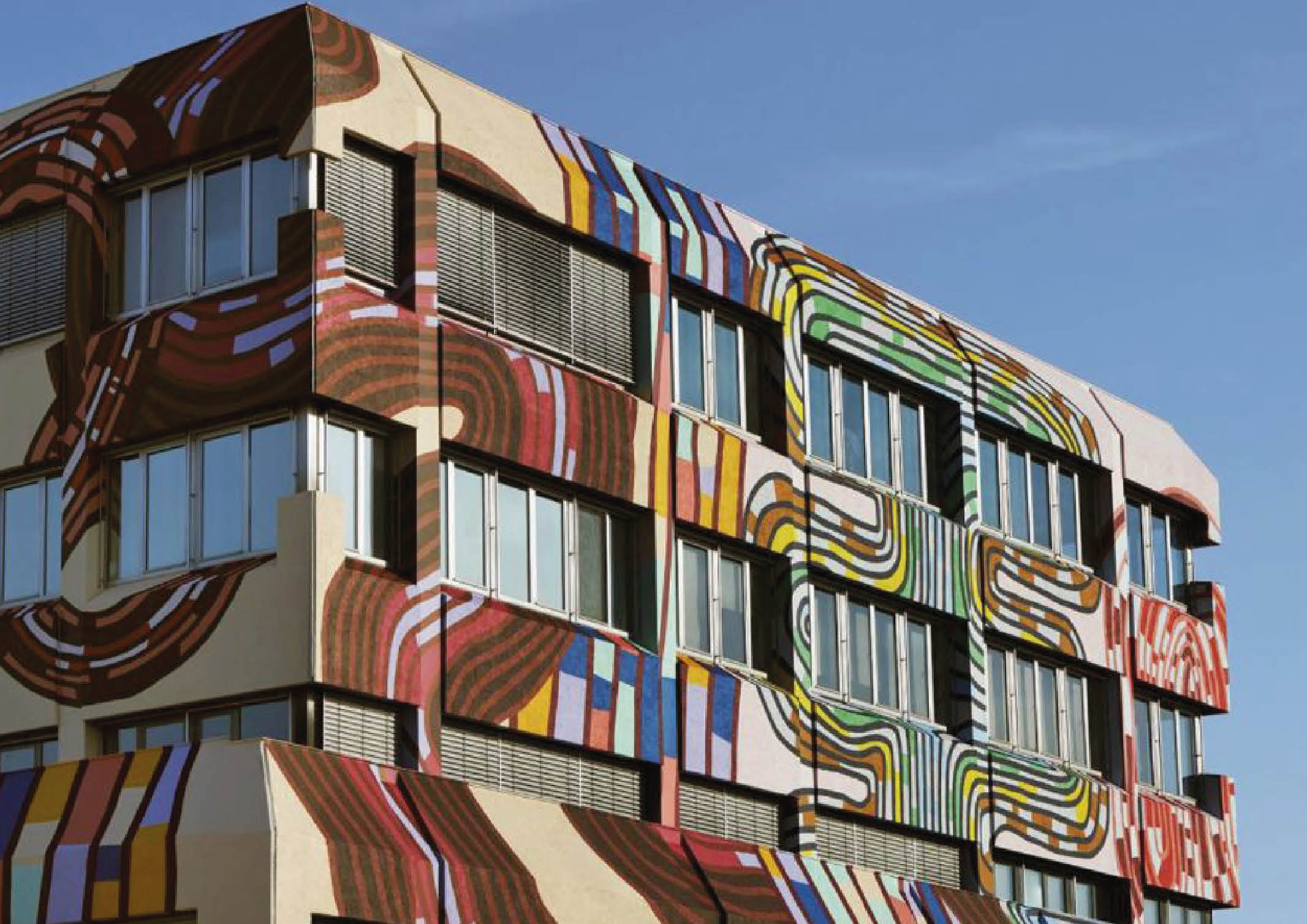

The Call for Sustainability still persists.
Innovations on new building materials and finishes driven by sustainability flocked the market in 2022. As seen in the macro trend of Greentervention, sustainable designers started pursuing more active interventions of sustainable materials into the lifestyle of the consumers. Products such as HONEXT’s panel boards from waste paper, and the PALMLEATHER bio-leather by Studio Tjeerd Veenhoven shows how designers adapt to consumer taste and demands.
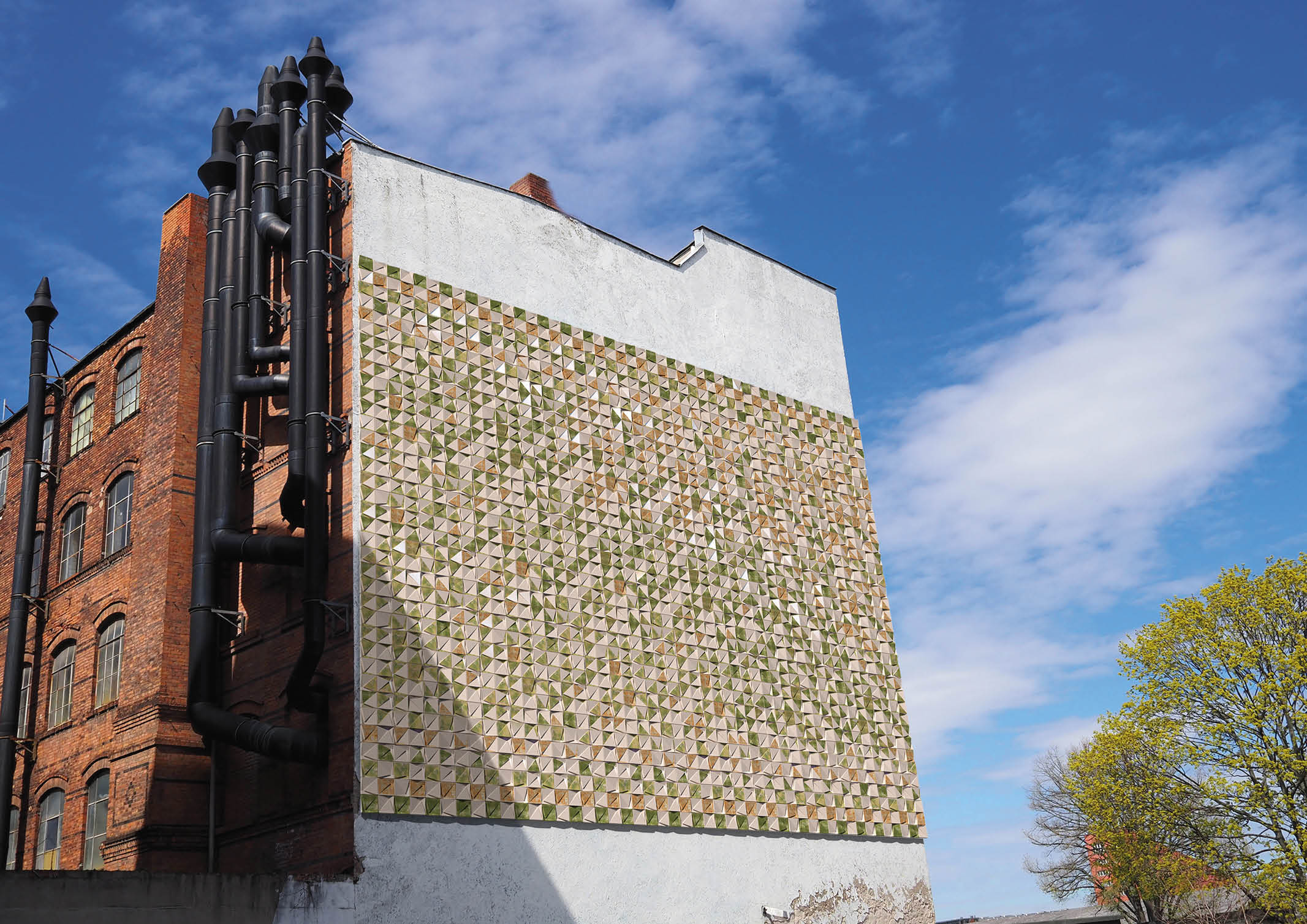

Sustainable design will become more responsive and self-sustaining in the coming year starting with Bio-facades taking a turn on climate-responsive facade treatments. Cellular by Vivian Tamm, is a bio-facade tile which addresses air quality and rainwater management. Energy harnessing urban design elements like the PowerPlant by Charlotte von Ravenstein & Nick Geipel gives an idea of how technology can actively promote sustainable futures.
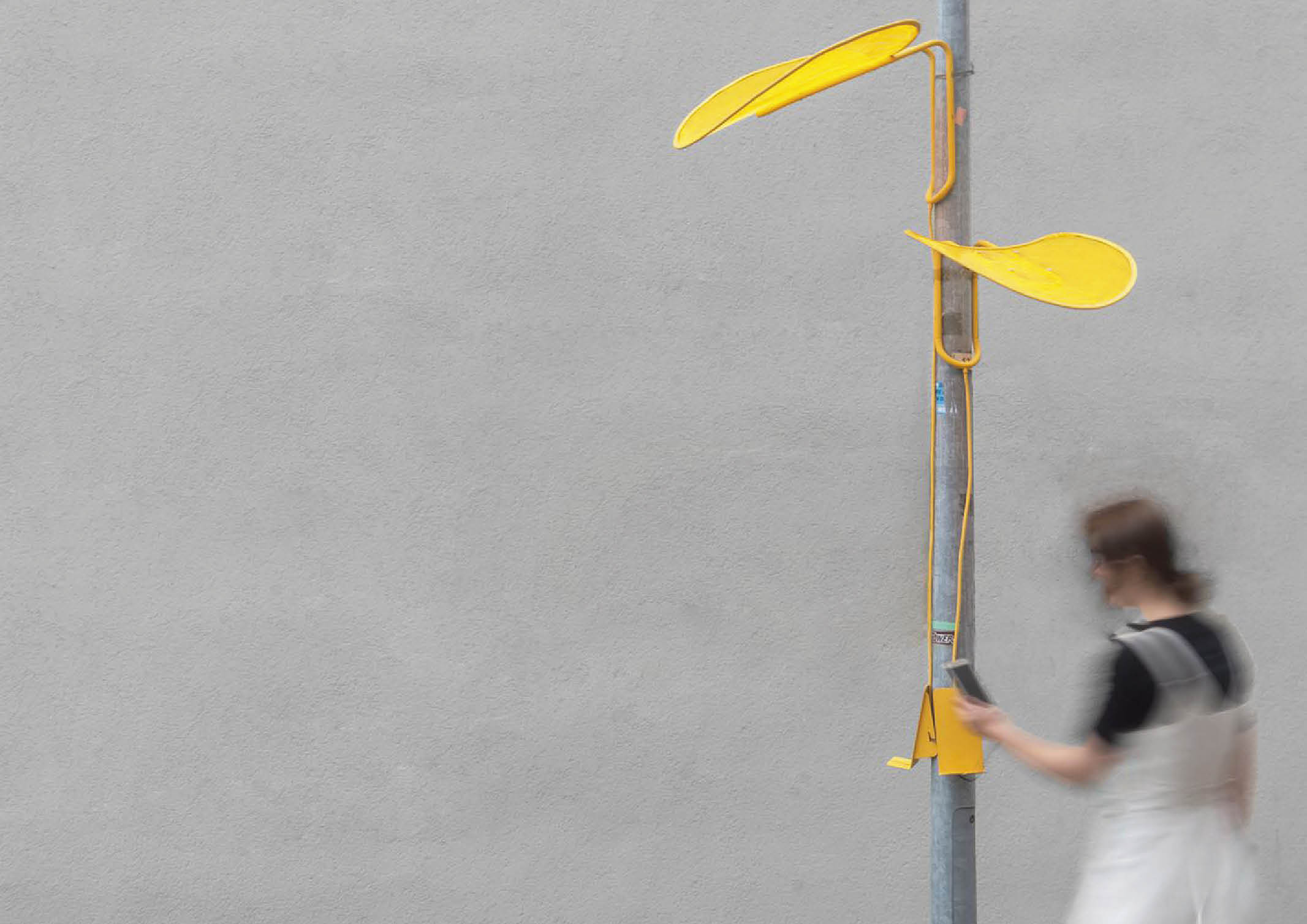

Futurism becomes an outlook
With the emergence of AI, metaverse, and AR/VR, the macro trend of Future Revolution becomes more than just a trend. Like Emotivations, Future revolution will drive the changes and perceptions of the people on products and design. 2022 became a starting platform for the metaverse but its infancy makes people think of ways of bridging virtual life into the physical world.
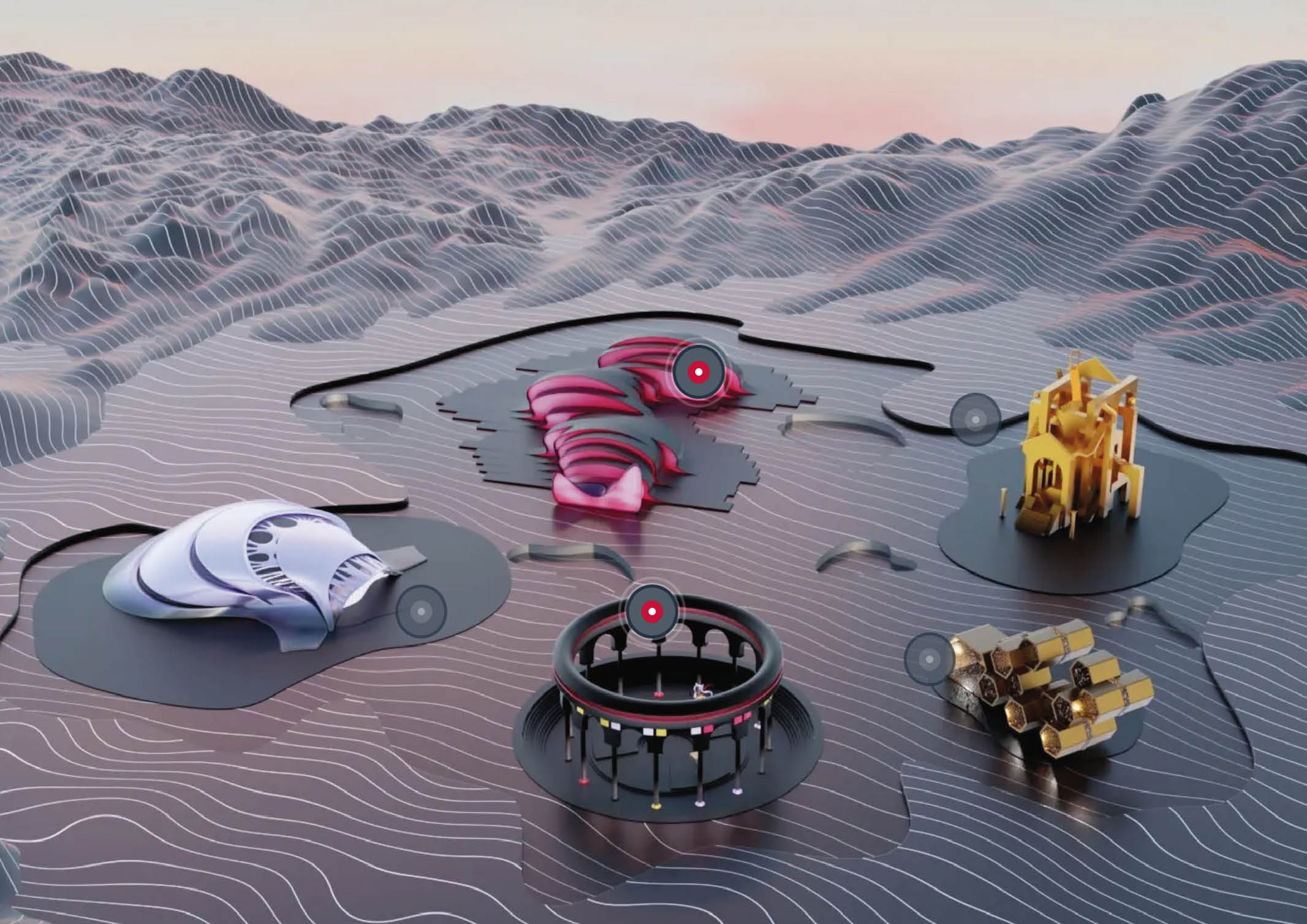
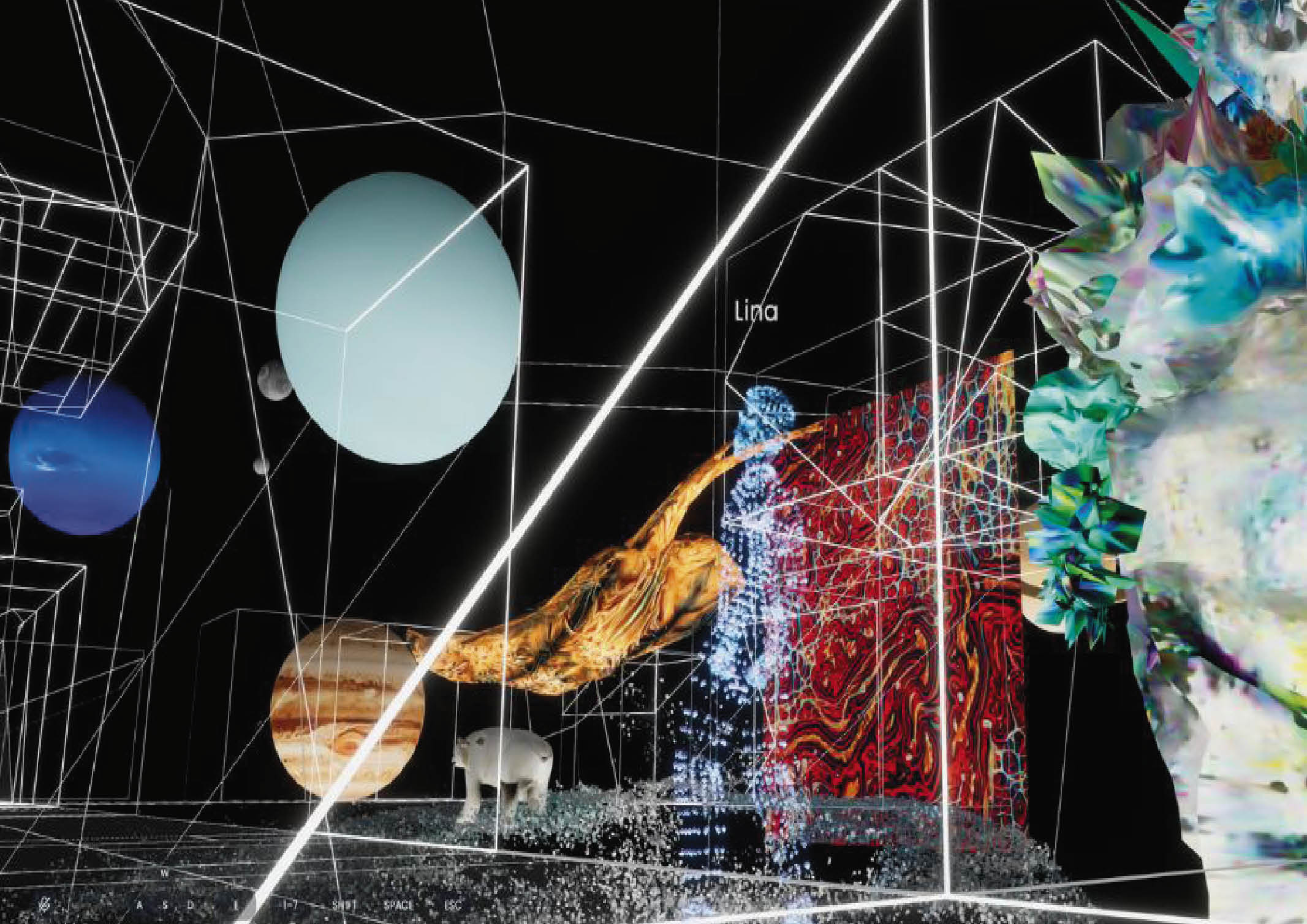
Phygital retail experiences and reverse phygital design would bridge the lack of a haptic sense of the metaverse for its designers and users. Continuing with that idea, the depravity brought by the pandemic on human interaction and the heightening of senses attracts people to more multi-modal designs and products. Dewan’s metaverse dome is an example of a reverse phygital event space that aims for people to experience the metaverse through a physical environment.
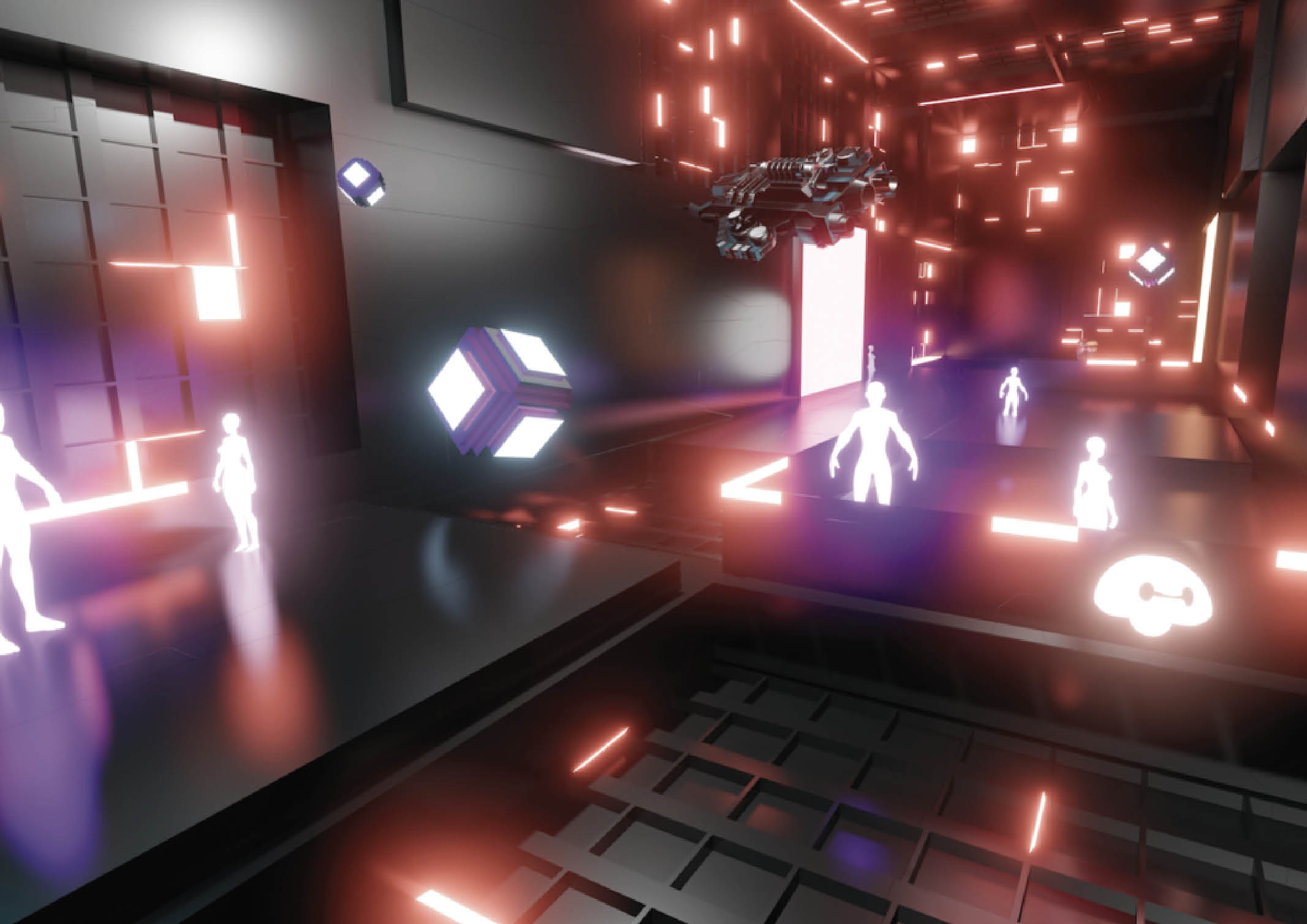
Wellness is not just a feeling
2022 showed us Wellness and well-being as key concepts of emotional design, thus automatically putting them under the scope of the Emotivation trend. However, expect Wellness to become an active key driver for next year. As the world reaches the end of the pandemic, wellness is expected to cross and affect several key drivers that would result in innovative ideas and responses.
Sensio-tech or tech products and designs with the purpose of heightening the senses for wellness will push the market for adoption. Metaverse will also become a platform for wellness to achieve its purpose for remote work, or even for fantasmal experiences.
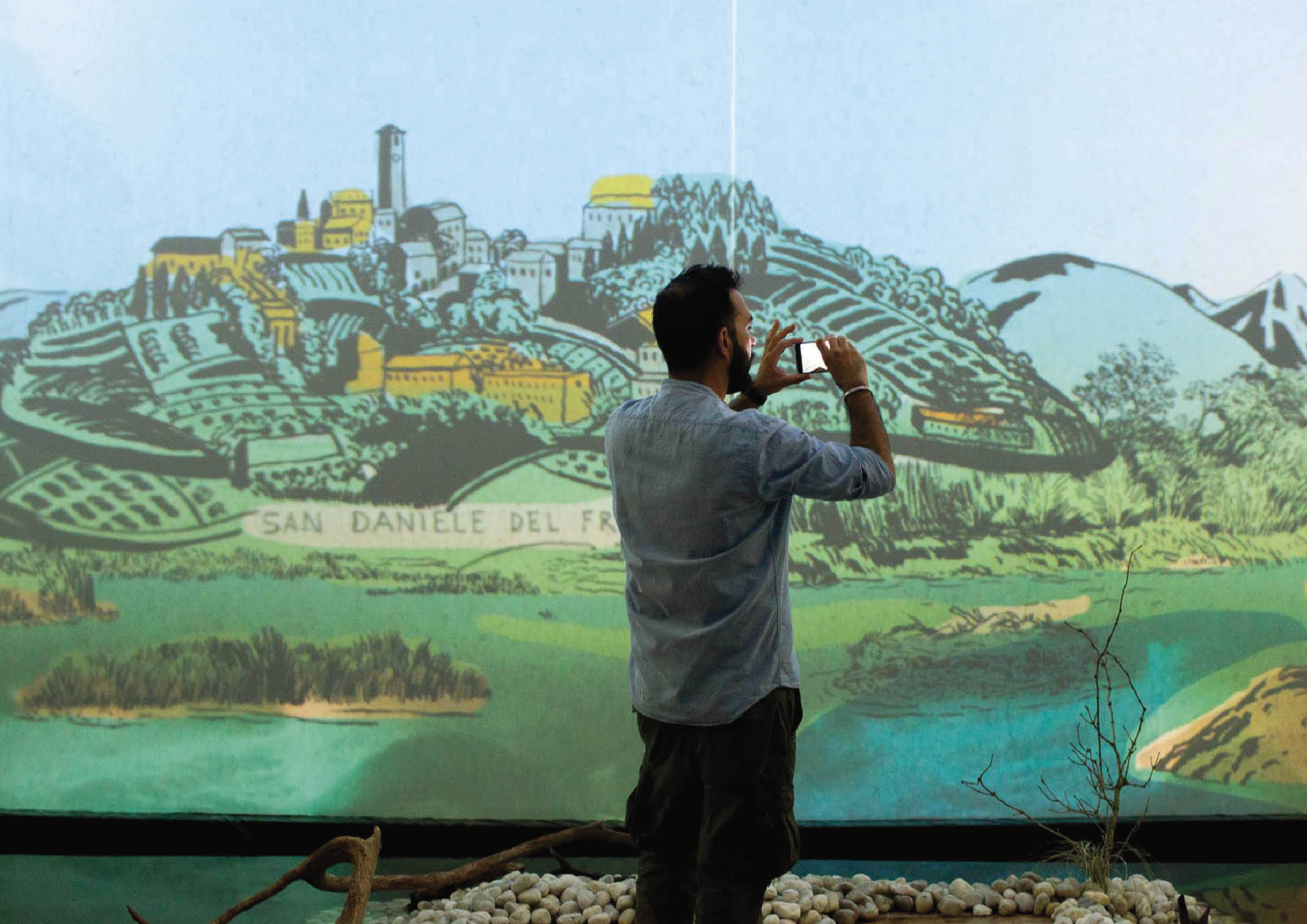
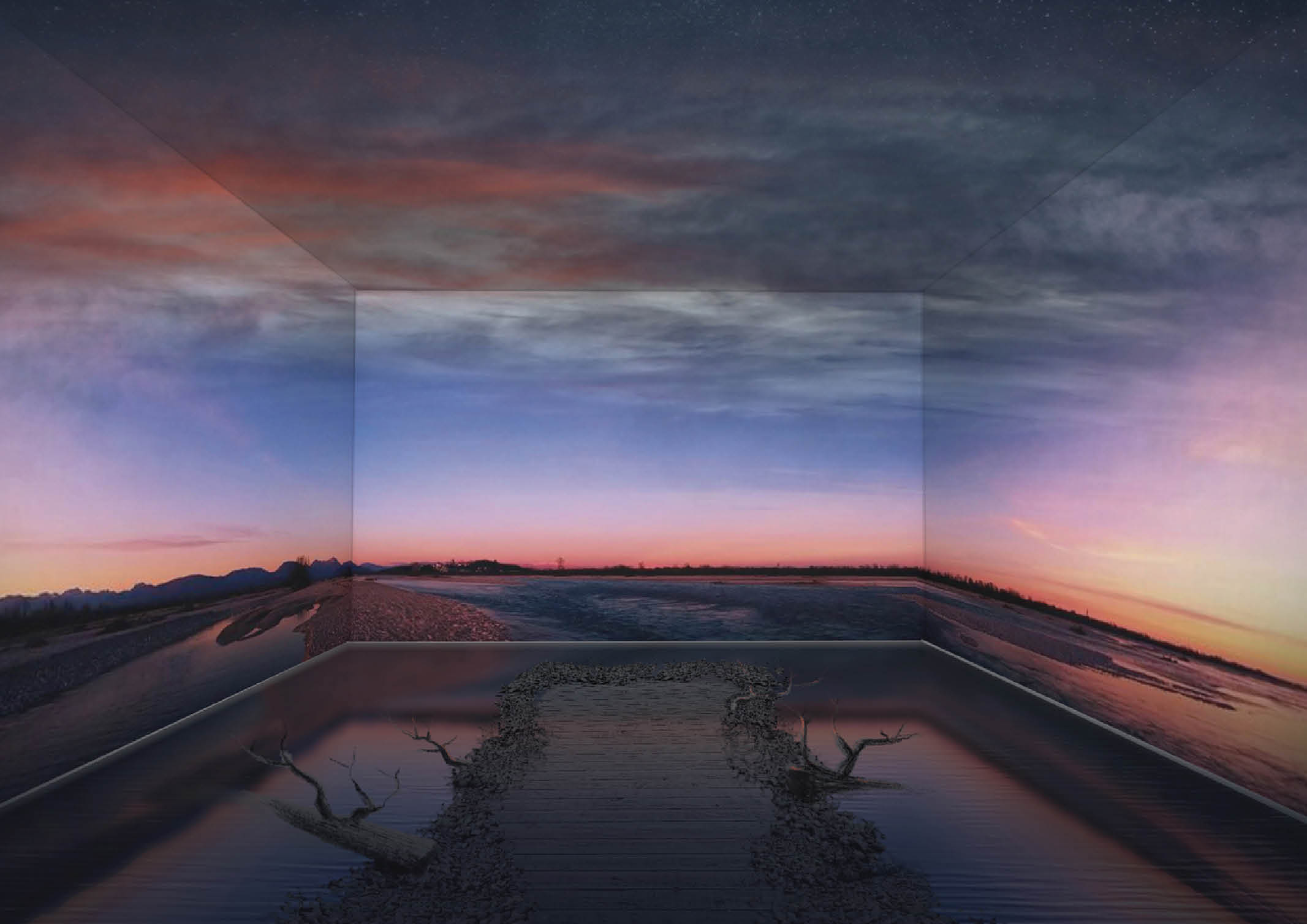
Reinventing heritage as a Macro trend
Reinventing Heritage emerged as a design aesthetic for nostalgia in 2022 and we’ve seen concepts of it start during the Milan Design week like the Oublié Gallery Exhibition by Dimorestudio with their interpretation of ethereal interior spaces. 2023 hopes to provide an avenue for Reinventing heritage to be a renaissance of design aesthetics and to explore spaces, structures, and objects. There will be an emergence of Neo-medieval aesthetics in the next year which is starting to be prominent with big fashion brands.
There will also be a reverence for folklore and a revival of cultural craftsmanship. It is already being started by Bally which is undergoing a rebranding by going back to the brand’s heritage and craftsmanship. Meanwhile, from the Dubai design week, UAE designer Zainab Alblooki crafted a table and stool set called KAMBAR to showcase the Emirati culture of rope making. Arab Folklore is the inspiration of Reem Al Bustani for the Suhail light installation. The installation represents the rhythmic sound waves signifying the rise and fall of the weather.
